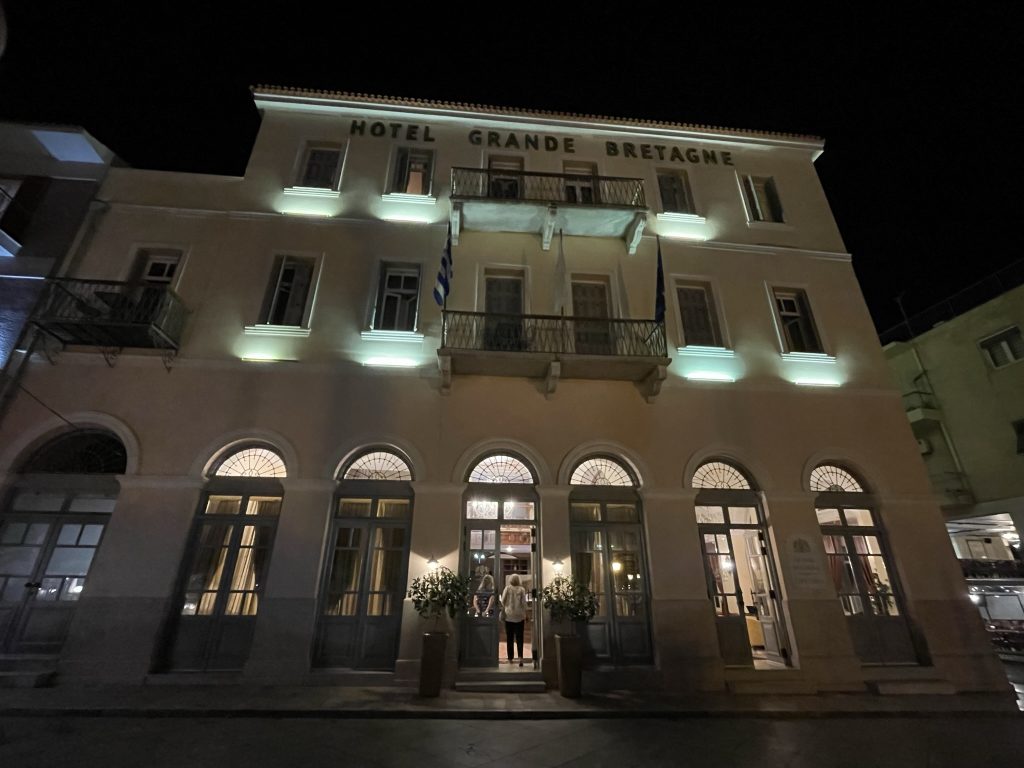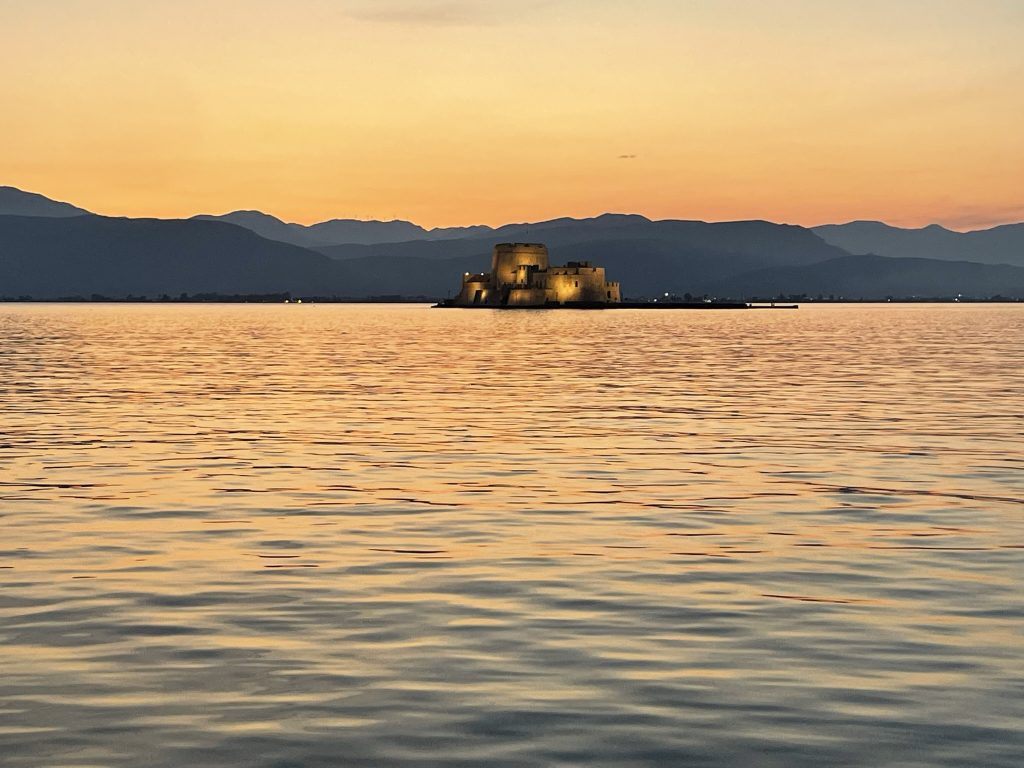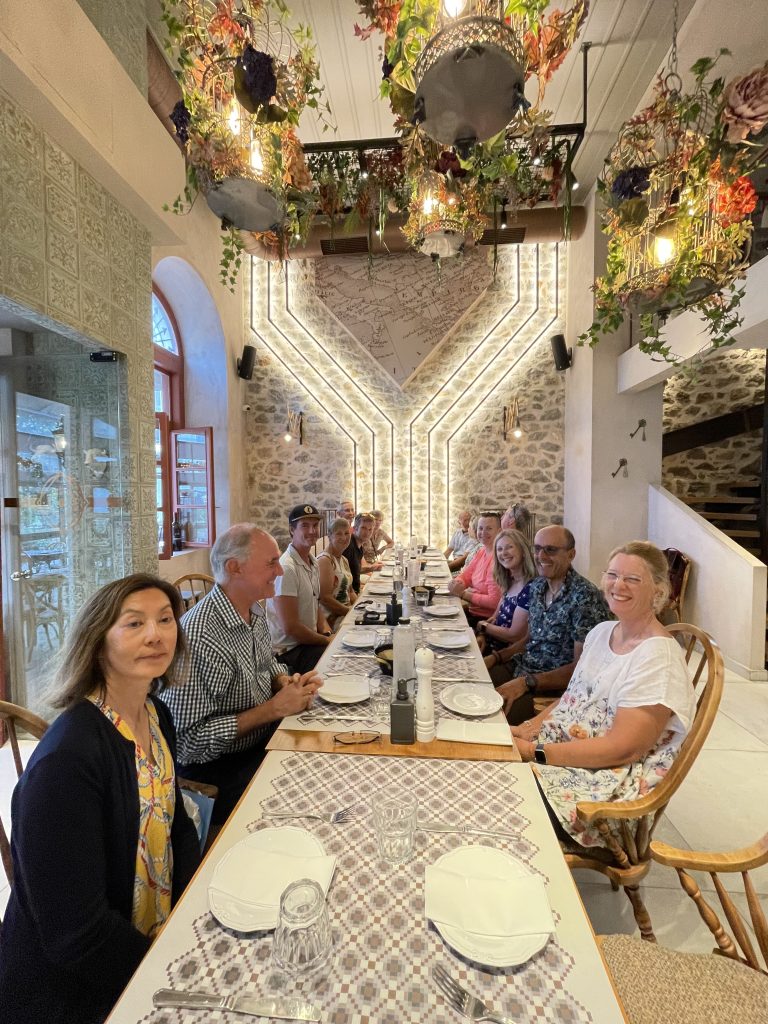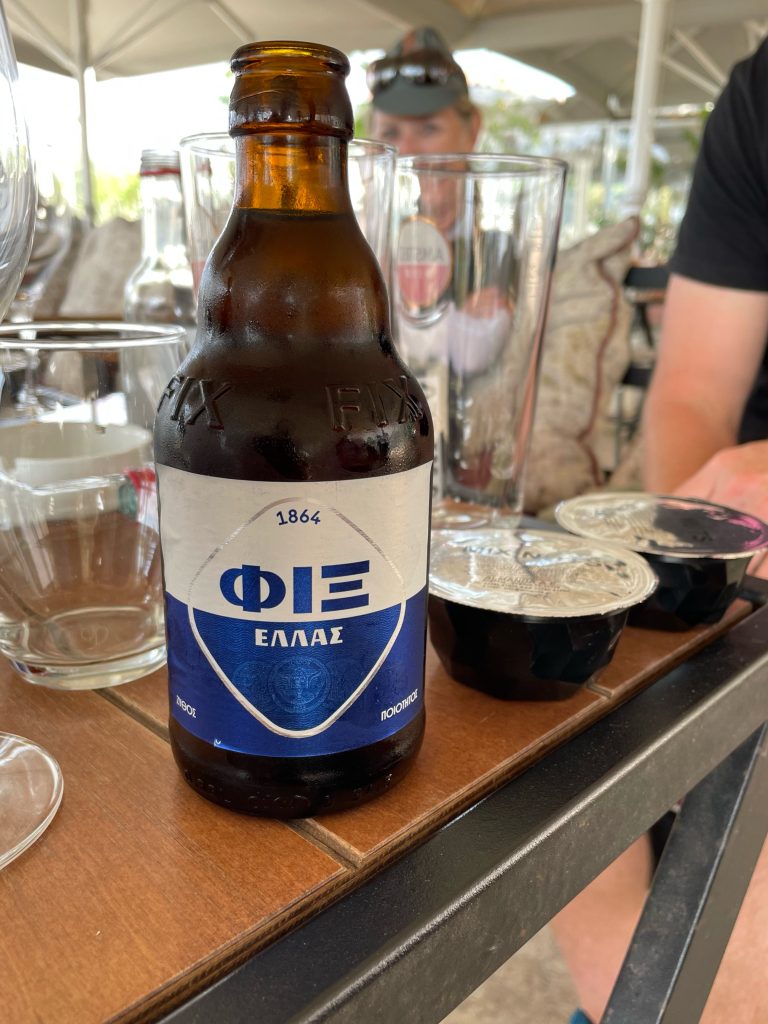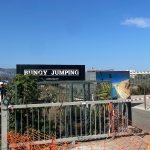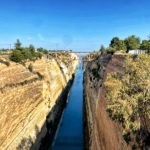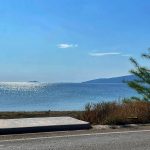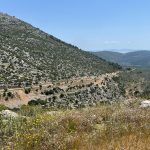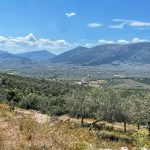DAY 3 – May 24
Please watch my Relive video here: https://www.relive.cc/view/vQvyoBep5K6
On the Road – Distance 99km / 62mi | Elevation 1616m / 5302ft
This morning we left Corinth by crossing its famous canal by foot, then headed south through the middle of orange grove territory.
Tiny country roads, small villages and roads lined with orange trees for mile after mile, with Larissa Castle – an ancient Byzantine Venetian fort – keeping us company for a good 5kms, reminding us of this richly historical region we were riding through.
We started climbing – a gorgeous gentle climb, with newly paved roads most of the way – and break for coffee at about half way.
Continuing on, we pedaled through grey rocky mountains until we reach the top and turn into some spectacular views – all the way to the coast where we headed. We may have seen a tractor in way of a vehicle this whole climb, but nothing much else! Beautifully quiet this is a peaceful climb and then a magic descent – a lovely gradient, a few switchbacks.
A bit busier as we closed in on Epidavros, the worlds most famous and best preserved Classical theatre. Here for lunch, and a stroll to see this enormous and utterly impressive site.


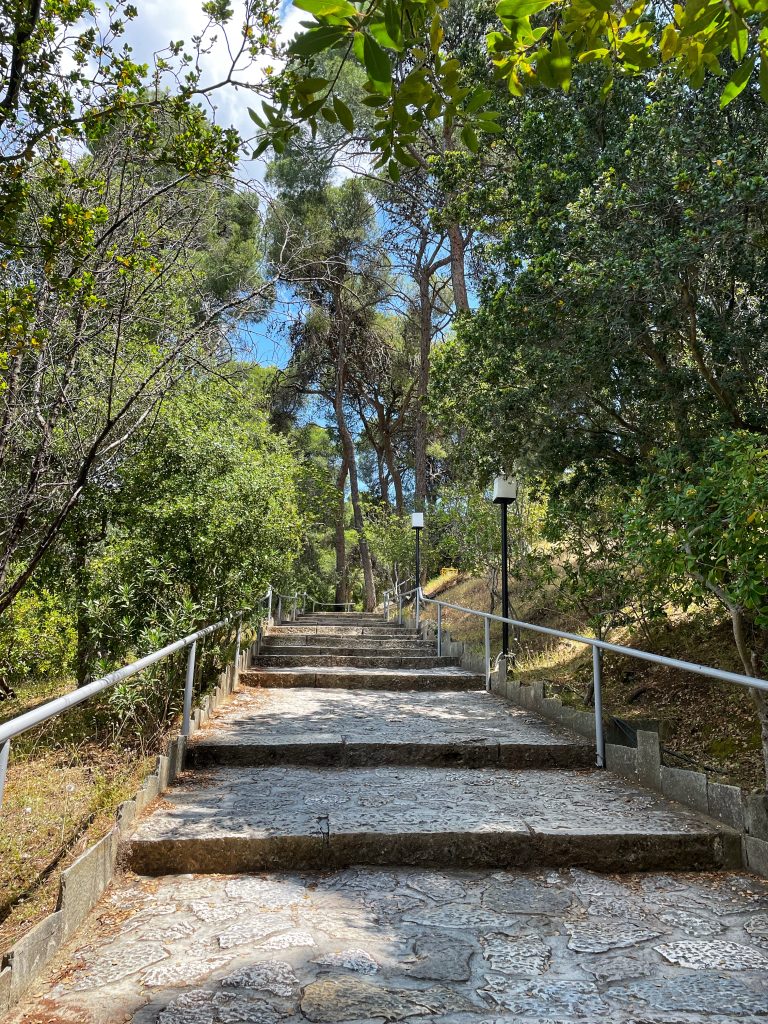
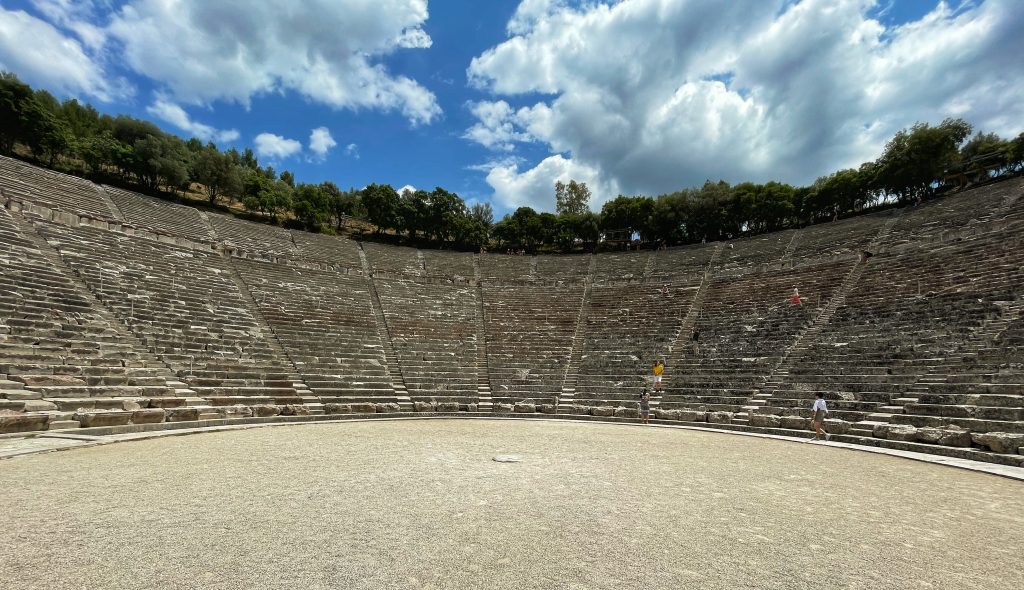
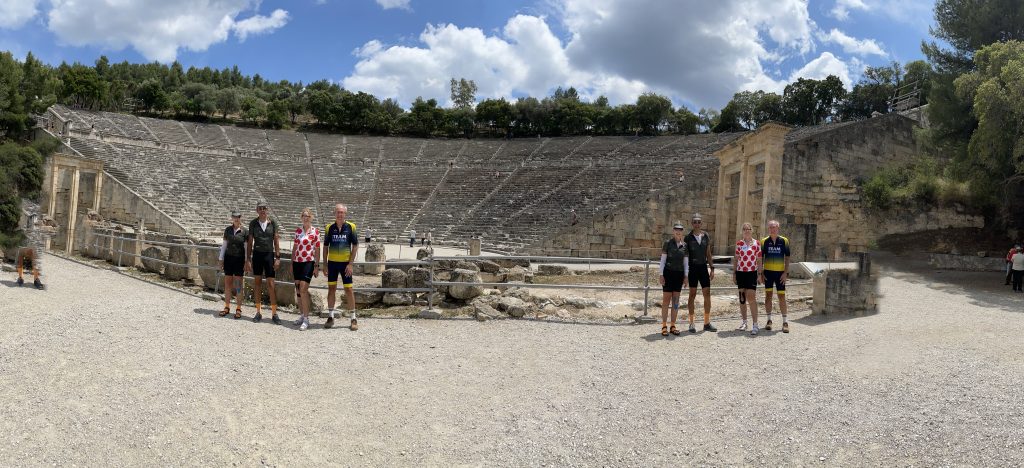



After lunch we headed into very different territory – through grey rugged mountains we wound our way through and down towards the coast.
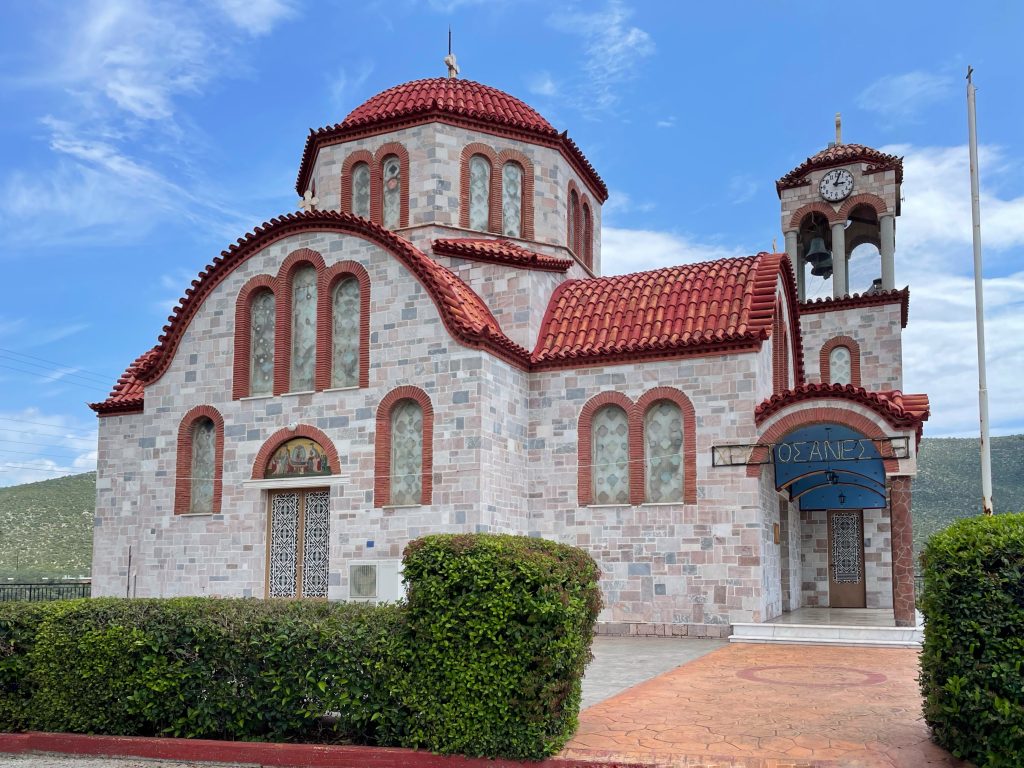
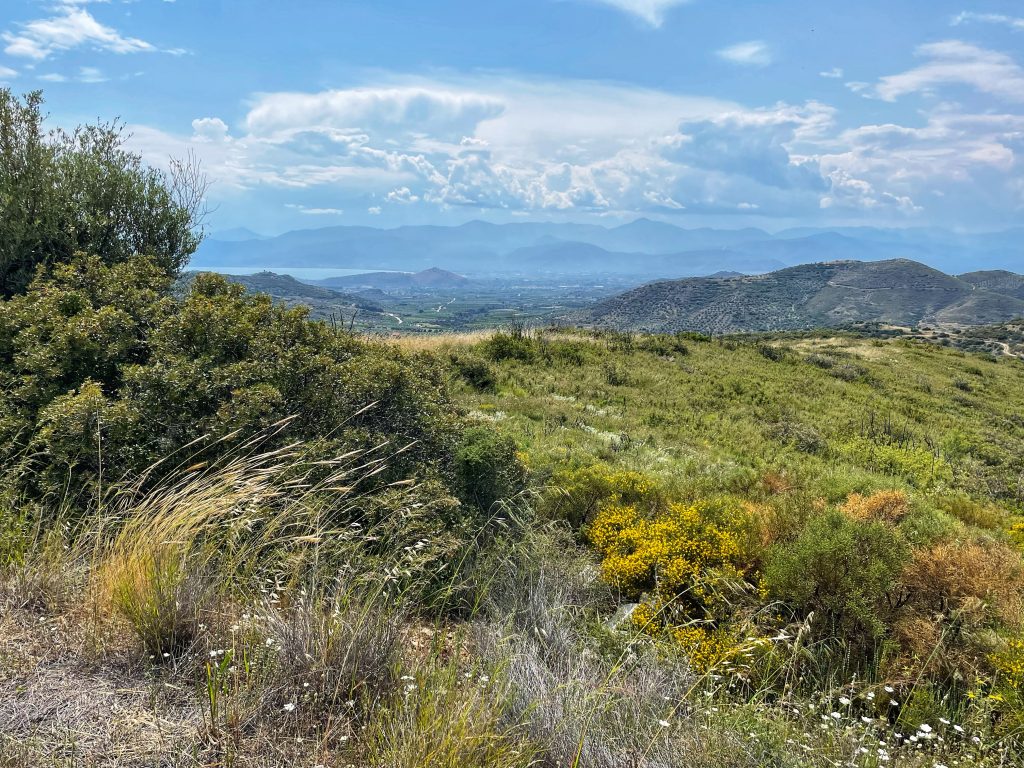
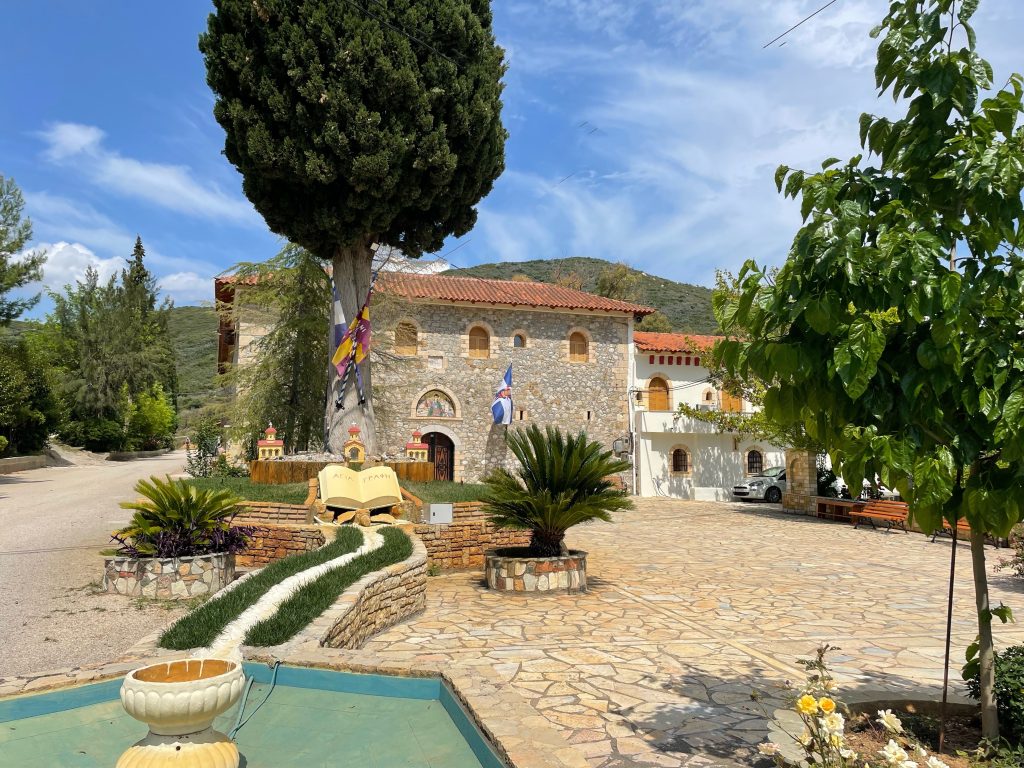
Entering Nafplion we had the fort on the hill looming above the town which we rode right into and through the old town to the water. It is an imposing sight and enables one to easily imagine the power it had over the township.
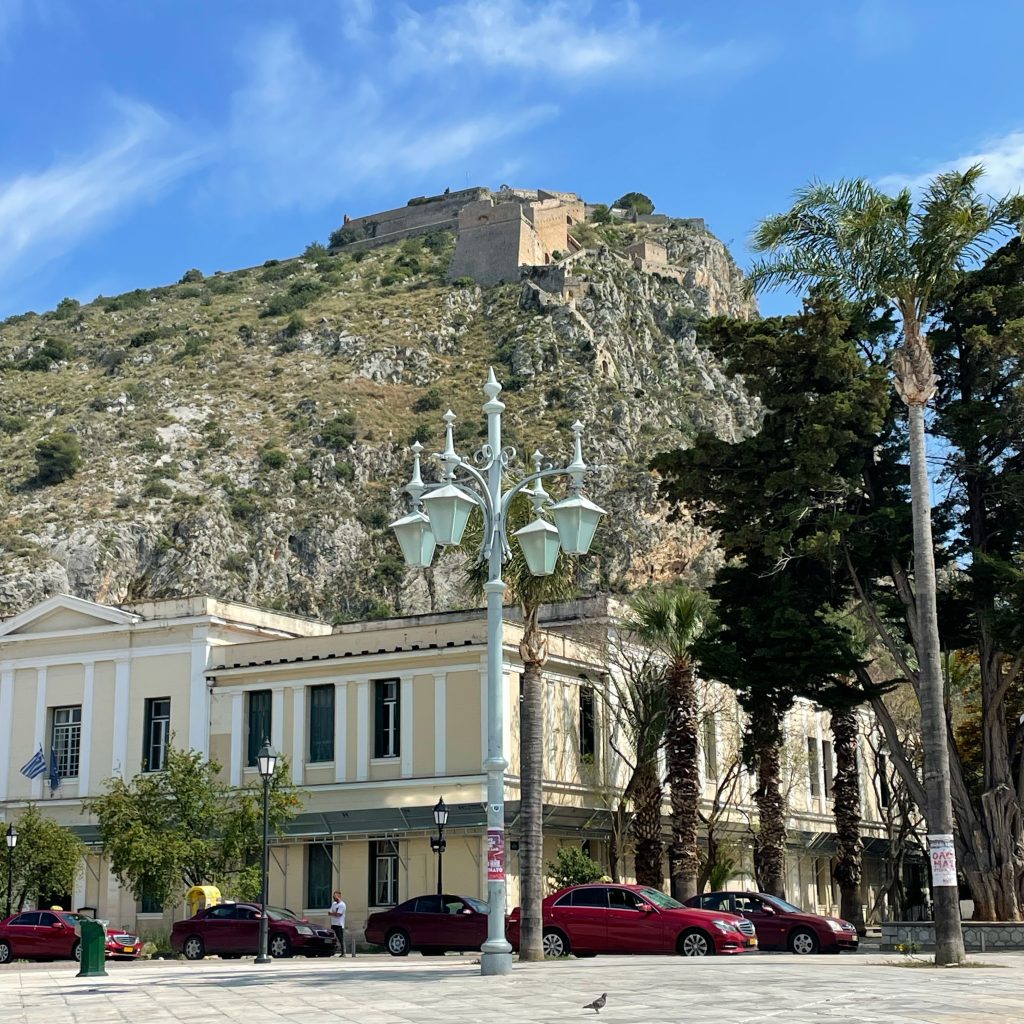

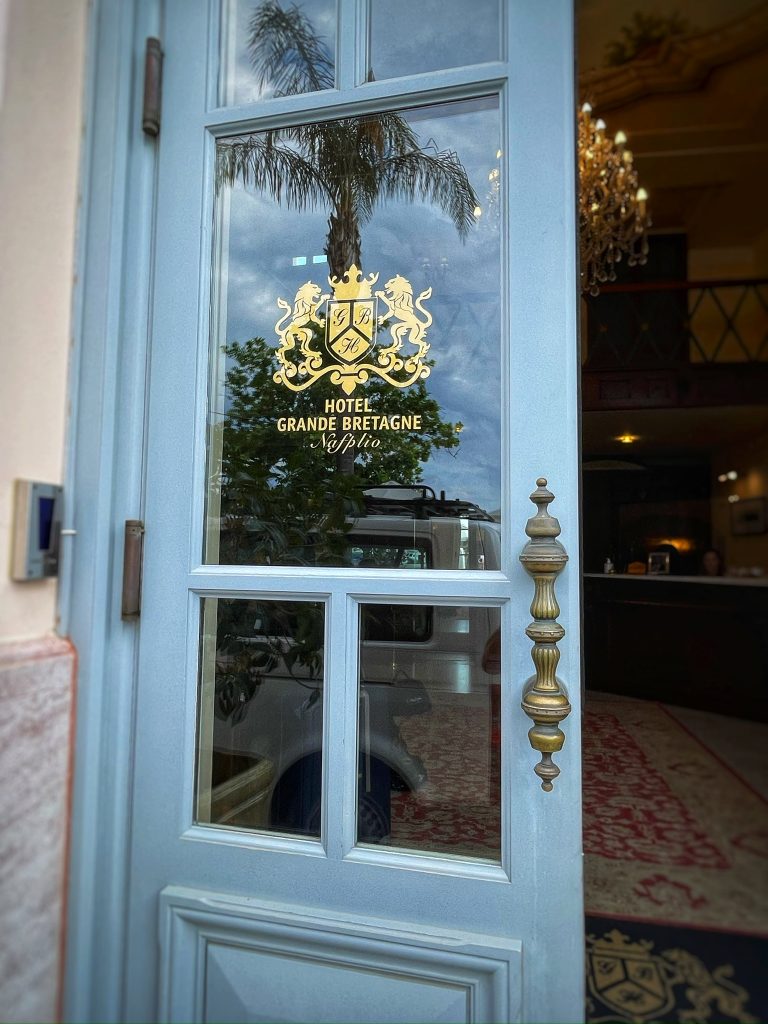

Epidavros
The acoustics of this enormous theatre is incredible…shows the impressive nature of how well this structure was made and still works today. I stood in the centre of the floor of theatre and could be heard by people at the top row, without raising my voice!
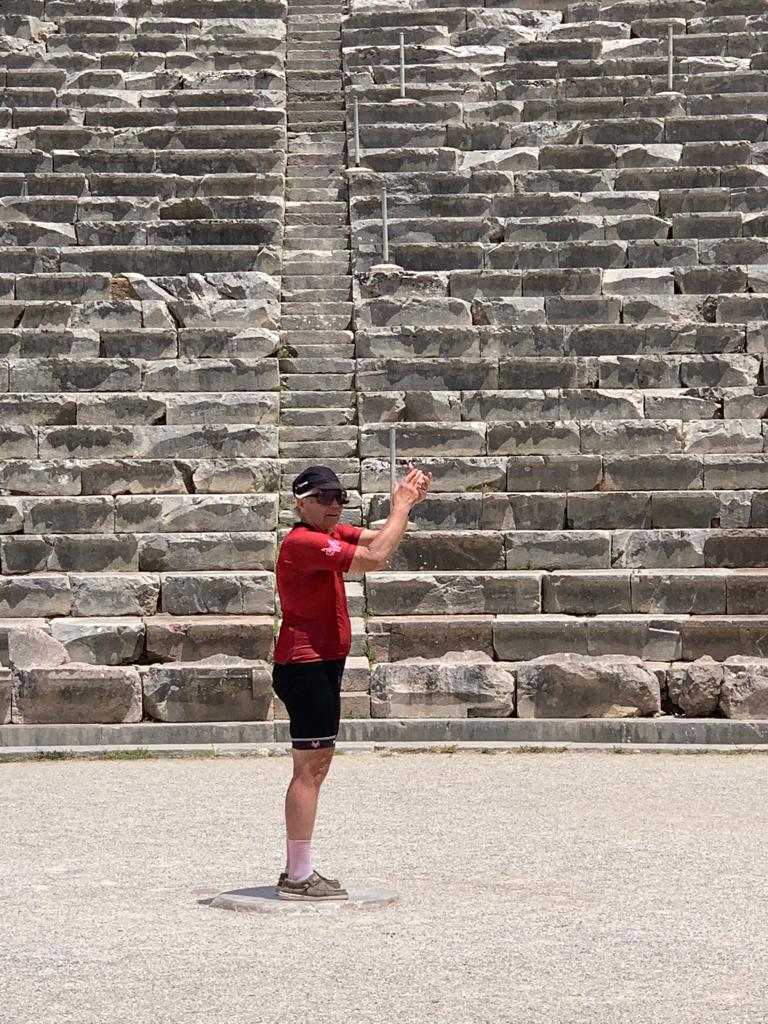

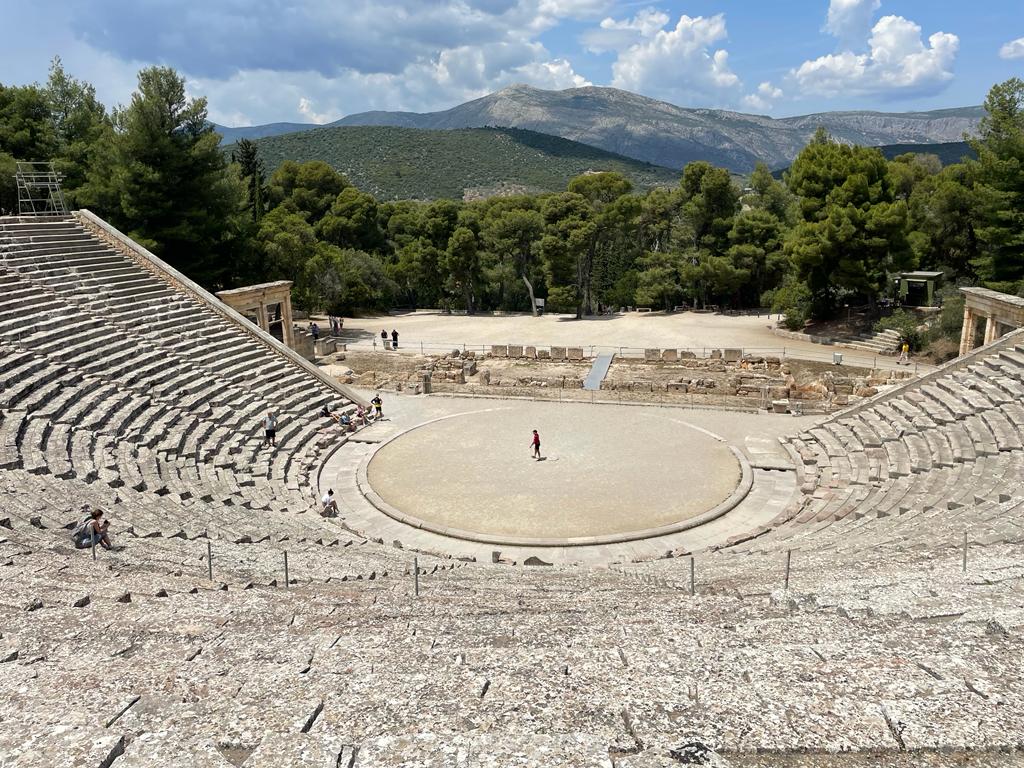
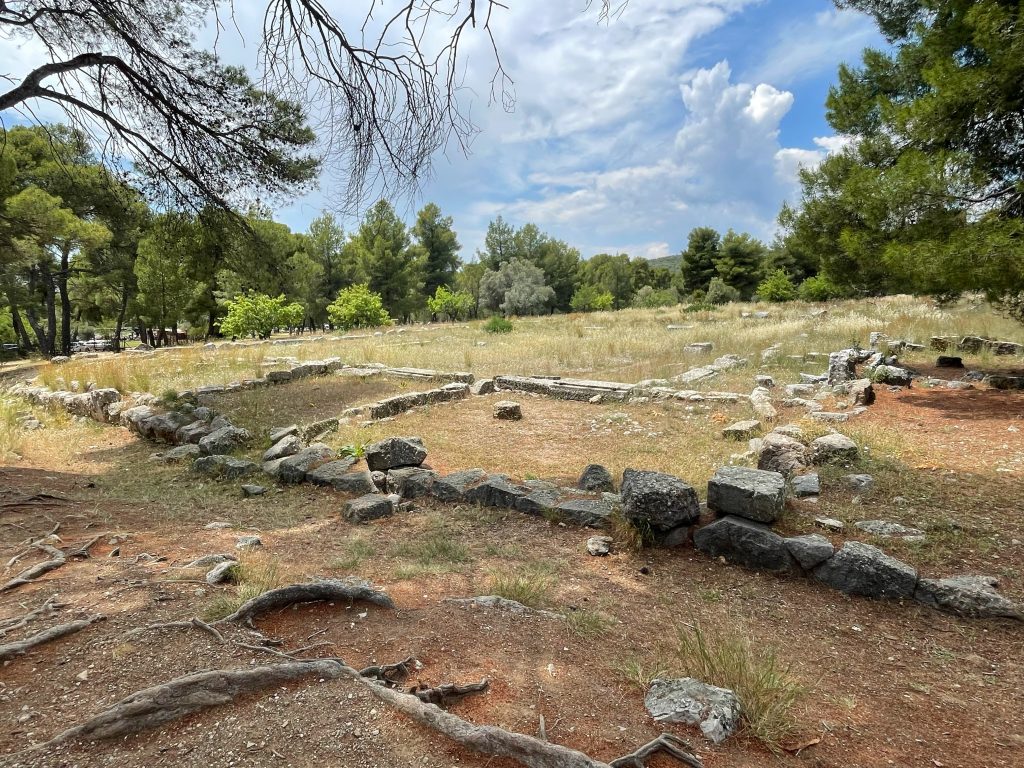

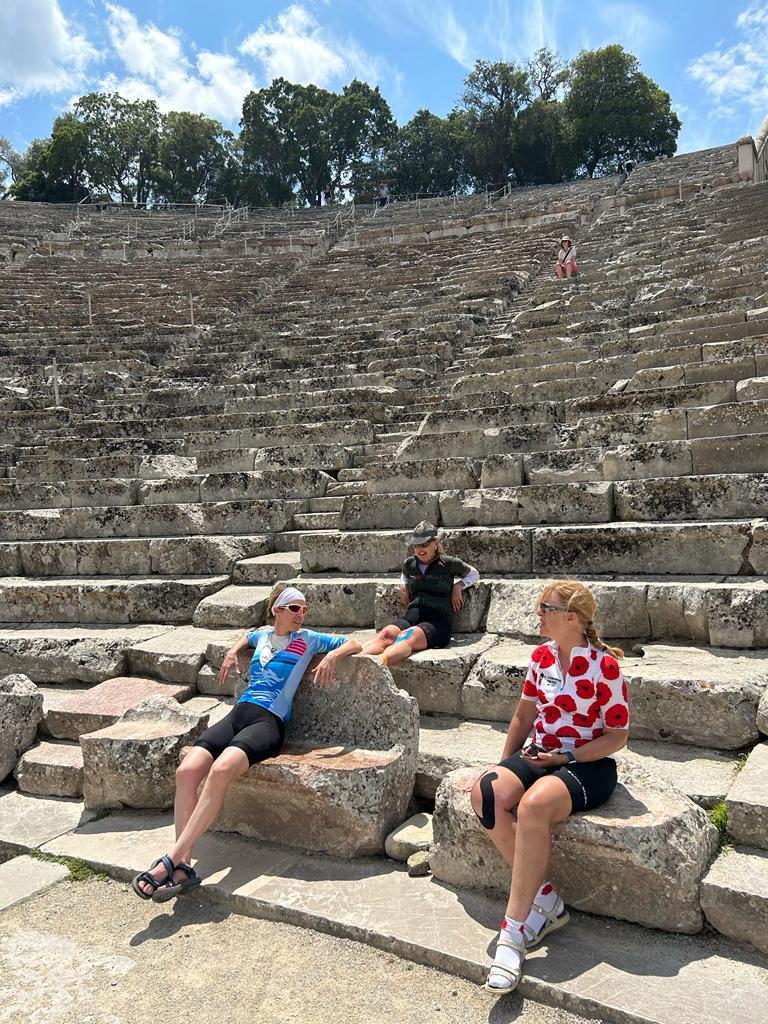
The ancient theatre of Epidaurus was designed by Polykleitos the Younger in the 4th century BC. The original 34 rows were extended in Roman times by another 21 rows. As is usual for Greek theatres (and as opposed to Roman ones), the view on a lush landscape behind the skênê (stage) is an integral part of the theatre itself and is not to be obscured. It seats up to 14,000 people. The theatre has long had a reputation for its exceptional acoustics, which reportedly allowed almost perfect intelligibility of unamplified spoken words from the proscenium or skēnē to all spectators, regardless of their seating.
Life is good in Napfleon!

